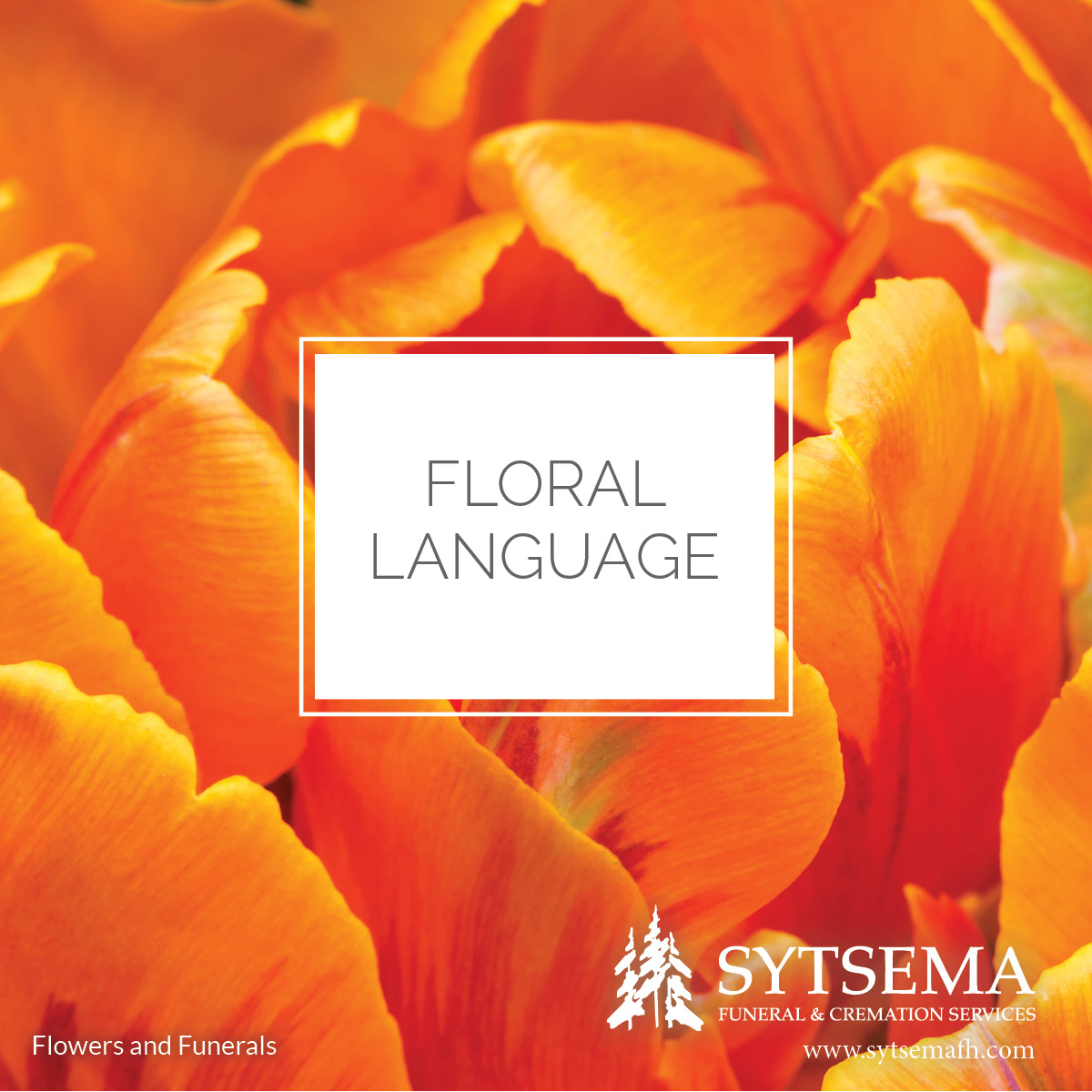According to the National Center for Education Statistics, more than three million high school students will graduate this year. There will be parties, balloons, cakes and speeches. Many of these young people will receive the gift of a wonderful little book written at 87 years of age by Dr. Seuss.
Oh, the Places You’ll Go! was the last book to be published during Seuss’s lifetime. It’s about the journey of life and its challenges. It’s inspiring and makes a terrific graduation gift and is sure to be appreciated by any graduating senior…especially when a check, gift card, or tickets to Europe are stuck inside.
But what about the other end of life. Shouldn’t there be another book… Oh, the Places You Have Been? Why, do people feel diminished as they age? Why are we taking less and less time to wrap up a life and tie it with a pretty ribbon? Why do we say, “No fuss needed for me, no funeral needed.”? Surely six, seven, or even nine decades of life are worth celebrating.
At the end of every life shouldn’t there be a look back? What about the choices that were made, the work that was done, the people encountered, the things that were learned? What about all that? Shouldn’t just sticking with it through all the ups and the downs of life merit a celebration of some kind? As Seuss advises, “With brains in your head and shoes full of feet, you can steer yourself in any direction you choose.”
There have to be stories. This is the generation that began with a party line telephone and is ending up with telephone watches that take pictures and tell you how many steps you’ve taken in a day! There have to be stories. These people served in Vietnam, listened to the Beatles, watched a man land on the moon. They had black and white TV that only sent a signal a few hours a day and they walked to the TV to change channels! There have to be stories.
Now is the time. Capture those stories. Ask your parent(s) about their life before you. Ask the same of grandparents. Ask about their hopes and dreams. What surprised them? What was fun and what was hard? Capture the stories and the life lessons. Prepare to celebrate the grands as well as the grads.





